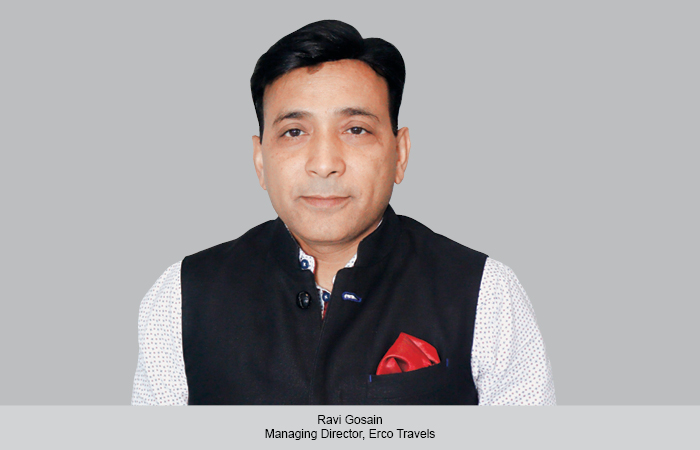Varun Kumar, Team Leader – Consulting & Research at CAPA India, shares his views on whether the architecture of the airline model in India is poised for a change in light of the recent initiation of regional airlines into the market, and what would help bring about this segue.
Hazel Jain
Is the aviation model in India changing with more non IATA/smaller/regional airlines coming up?
In India, regional aviation has always been a great business proposition on paper. However, in reality, it is extremely difficult to create a long-term sustainable business model for regional aviation in our country. In the past decade, carriers such as Air Mantra, Air Pegasus, Air Costa and Air Carnival ceased operations within a span of few years, with some not lasting beyond a year.
What would help the success of regional aviation?
The key fundamentals of regional aviation model remain unchanged. The viability of a stand-alone regional airline stays challenging, unless it has sufficient funding and a strong leadership team with an understanding of regional aircraft and consumers. In addition, it is critical to have large-scale operations and a long-term strategy. Incentivisation in the form of funds under VGF (Viability Gap Funding) and steps such as reduction in fuel tax and waiver of landing and parking charges at small airports may bring cost of operations down but revenue-side challenge remains.
Will subsidies help?
Most of the time, subsidies do not cover the entire cost and fare stimulation is difficult on such routes. The economies of scale are critical as they keep operating costs under control. Economies of scale can typically be achieved when an operator has 50-60 aircraft in five years. Therefore, it is important for a small regional player to be well-capitalised when starting operations. It should ideally have an equity capital of `150-200 crore. In addition, regional carriers must choose the right hub for viable regional operations to target markets with sustainable traffic and keep aircraft utilisation high.
Do you expect the aviation structure in India to change, and if yes, how?
The purpose of the regional aviation policy in India will have to move beyond establishing connectivity between unserved and underserved markets. There must be an integrated ecosystem supported by local governments, tourism boards, the AAI and the hospitality industry. Full-scale success can only be achieved by integrating the transport and tourism policies. Air cargo could be the third priority area.
How does 2021 look for regional carriers?
Route Dispersal Guidelines are up for revision in 2021. There could be changes in the guidelines to give more flexibility to mainline carriers, thus allowing regional carriers to replace some capacity.
New regional airlines
A new regional airline, flybig plans to use a fleet of ATR 72s to connect remote parts of the country under the UDAN scheme. Its base would be Indore, from where it will connect Bhopal and Raipur, and later expand into markets such as Ahmedabad.
Another new regional airline, Star Air, started operations in January 2019 and is based at Kempegowda Airport. It operates in nine cities – Ahmedabad, Ajmer (Kishangarh), Belagavi, Bengaluru, Delhi (Hindon), Indore, Hubballi, Kalaburagi and Mumbai. It will commence direct flights between Kalaburagi and Delhi from November 18.
 TravTalk India Online Magazine
TravTalk India Online Magazine





